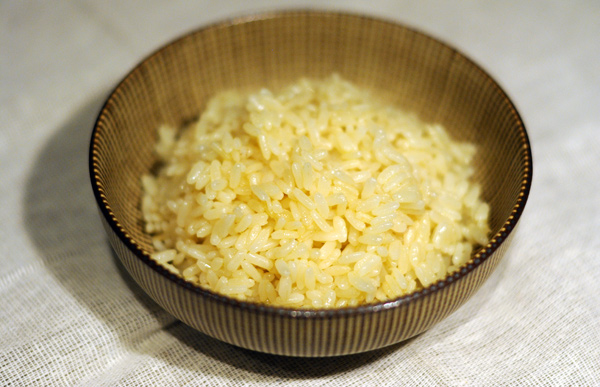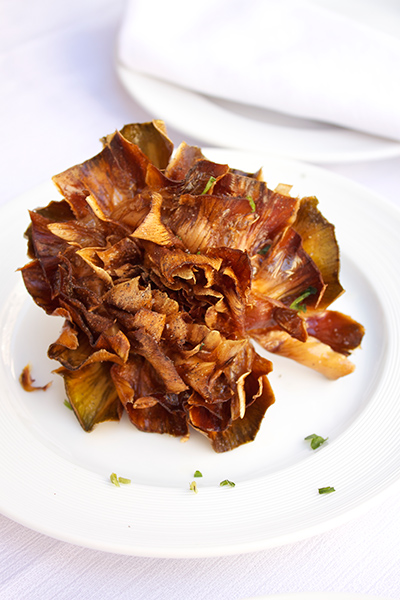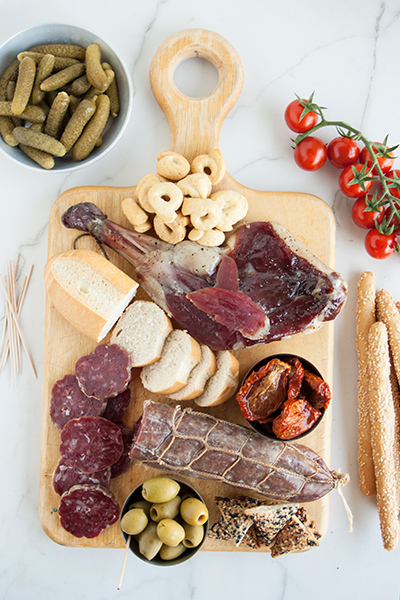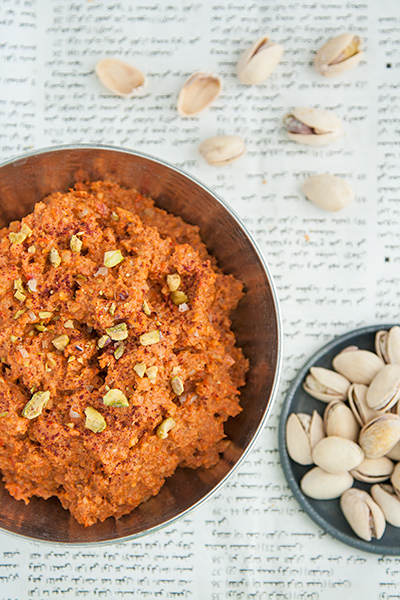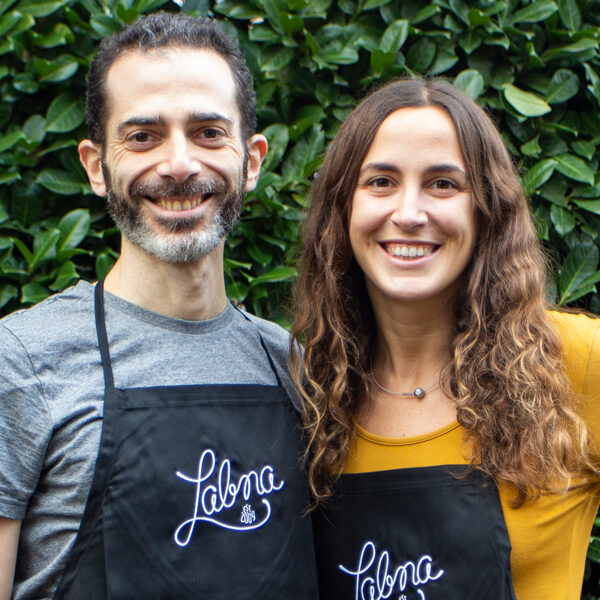Rice pilaf
If I were to choose between pasta and rice, I would undoubtedly go for the latter. Rice has always been a staple in my family’s meals, but not the typical unappetizing, sticky boiled rice. Instead, we savor fragrant and perfectly cooked pilaf rice.
The method used to prepare rice pilaf is quite distinct from that of regular boiled rice. Actually, it shares similarities with couscous preparation: you don’t drain the water, but rather let it be absorbed entirely, enhancing the nutritional value of the rice. This cooking method preserves all the starch in the rice, preventing it from ending up in boiling water. As a result, the rice grains remain firm and well-separated.
Pilaf rice pairs exceptionally well with various dishes, especially meat-based stews and other main dishes, such as Piedmontese rosemary veal stew, Lybian mafrum, Roman stracotto, and many others.
Start from the basic principle of pilaf rice cooking: you will use rice and water in the same volume, a 1:1 proportion – usually, the unit of measure is a level cup.
Literally any rice will do but the best choice is long-grain white rice such as pilaf or jasmine.
Proceed as follows. Pour a cup of water in a saucepan, along with salt to taste, and a drizzle of oil that must cover, more or less, 70% of the surface of water. Keep in mind that you don’t need to use a large amount of salt, as you’ll be using relatively little water, most of which will be absorbed. This is the opposite of what happens when cooking pasta, where a generous amount of salt is used and then drained with water.
Wait a few minutes until the water begins to boil: when this happens, pour the rice, and immediately put a lid on the saucepan. When, after about a minute, the water resumes boiling, give the rice a stir, put the lid on once again, and leave it on until the end of cooking, lowering the heat to the minimum possible setting of your stove.
Usually, a cup of rice takes 15-18 minutes to cook and is enough for one hungry person, or two on a diet. Two cups of rice make 2-3 portions: the rice should be left on the heat for about 20-23 minutes. Three cups is enough for 4 people and should cook for about 30 minutes.
This is just the foundation. I challenge you to transform this simple dish into something special for your guests with your creativity! Personally, when I enjoy rice with a stew, I often add turmeric, in addition to oil and salt, to give it a yellow hue and a subtle aroma. For a solo bachelor type of dinner, I frequently accompany it with a tuna can, grated Grana Padano cheese, scrambled eggs, or some goat cheese with a touch of chili oil. If I have some broth or stock at hand, I’ll surely use it to make my pilaf even more flavorful. If you are feeling extra fancy and don’t mind a longer grocery shopping list, upgrade your pilaf to Persian jeweled rice. The possibilities are endless.
Rice pilaf is really easy and incredibly versatile: once you try it, you’ll want to prepare it over and over again.

